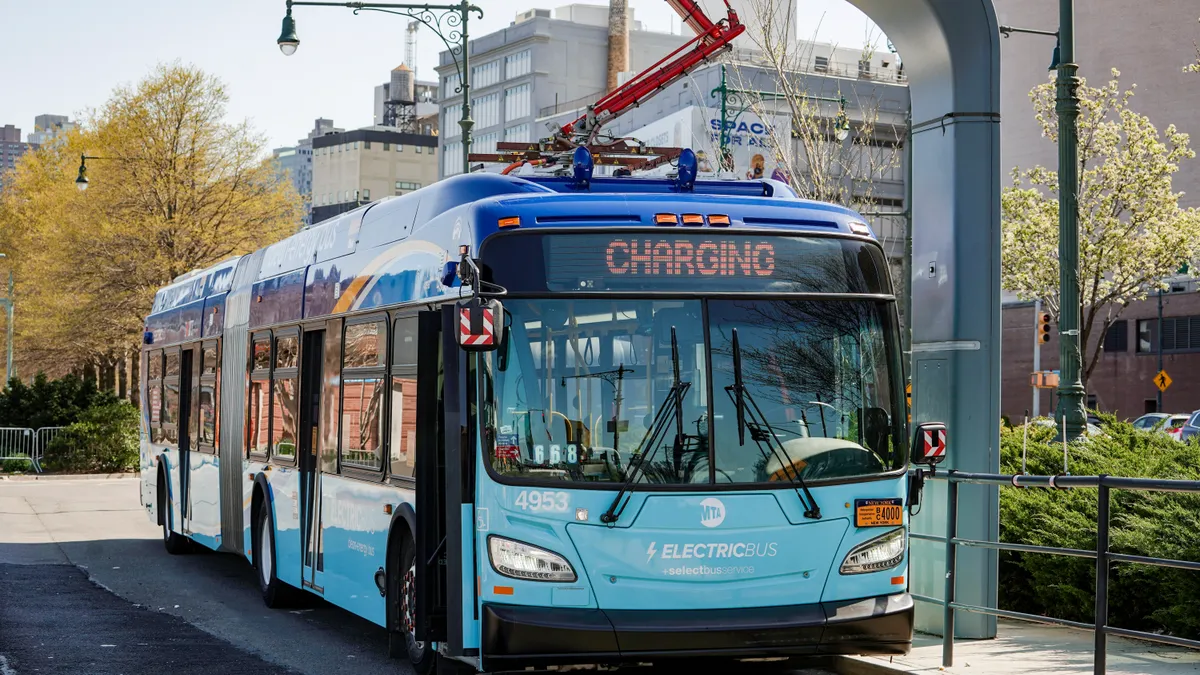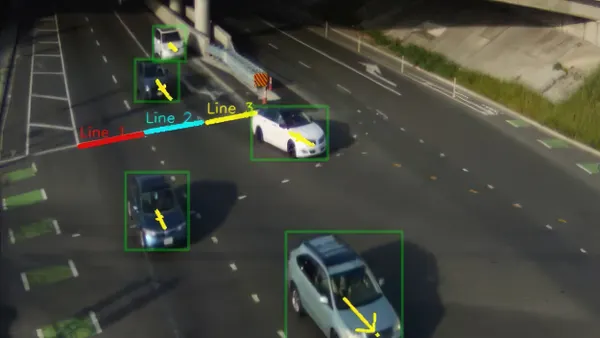As cities and transit agencies transition their fleets to electric vehicles, trucks and buses, they face challenges from product availability, costs and changing technology to workforce and equity issues and ensuring an adequate supply of electric power to keep the vehicles running.
The World Resources Institute researched these matters in a series of interviews with local governments, transit agencies and consultants. Joined by panelists from those sectors, WRI presented their findings at a Tuesday webinar.
Municipal and county fleets number more than three million vehicles, with another 500,000 vehicles in state fleets, WRI research analyst Joseph Womble said. The impetus for the move to electric vehicles is “public-purpose fleet managers wanting to reduce their total ownership and maintenance costs, as well as an emphasis on reaching sustainability goals,” Womble said.
Rapidly changing technology in zero-emission vehicles presents one problem, as these fleets will be transitioned over a decade or more. The challenge for fleet managers is to proceed fast enough to meet electrification goals while avoiding investments in what could become stranded assets as the technology evolves, he explained.
Diana Kotler, CEO of the Anaheim Transportation Network and webinar panelist, said, “Product availability is a challenge,” noting the recent bankruptcy filing by electric bus manufacturer Proterra and the decision by Nova Bus to exit the U.S. market.
ATN is rapidly moving toward having electric buses account for 90% of its fleet. But Kotler noted the challenge of preparing the bus depot to handle fleet-charging needs. “I have not seen a single property where the facility was up and running when the first vehicles were delivered,” Kotler said.
“By far, the biggest challenge that I’ve seen is fleets that try to, let’s say, dabble, when they see an opportunity for funding,” said Ewan Pritchard, a consultant and subject matter expert with Energetics, a clean energy consulting firm. “Then they have to figure out what to do with it.”
Brent Taylor, assistant commissioner for fleet services at the New York City Department of Citywide Administrative Services and webinar panelist, said that “having plans for resiliency is really going to be key for us.”
His department manages a fleet of 30,000 vehicles across about 400 locations, including roughly 5,000 electric vehicles, he said. “What do we do when the grid goes down?” Taylor said. “What happens during the next blackout? What happens during the next weather event where we don’t have electricity?”
Womble outlined five key planning principles for a successful transition to electric fleets:
- Consider how staff roles will be affected by electrification and how to implement coordination across the organization and with partner organizations.
- Engage your local power utility early and often to plan for electric loads two, five and 10 years out.
- Assess your vehicle depots and be creative with how you move, decentralize or centralize depots, factoring in charging and power needs.
- Determine how best to pay for charging infrastructure maintenance and replacement costs.
- Prepare ways to take advantage of new, emerging technologies such as vehicle-to-grid charging and microgrids, leveraging grants or other funds to explore these options.











